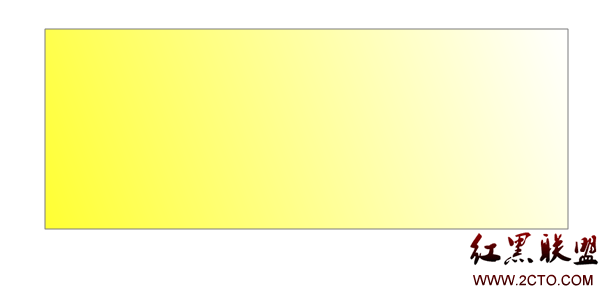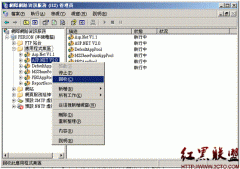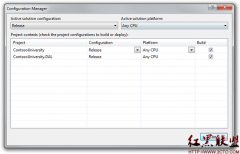.NET实现的四层拓扑结构
前段时间在JavaEye上风风雨雨的四层网元拓扑图掀起了一场Swing热潮。看后深有感触,何时我们搞.NET的也能用实现出这种的拓扑结构图。
其实TWaver早已出了.NET版本,我想用TWaver来实现应该也不是很难,借助于之前Swing的例子,很快就实现了这样的效果图。今天就来分享一下我的思路。
首先我们先来看看整个系统的结构

很典型的四层拓扑,这四个层,我首先想到的也是用Group来实现,仿照之前Swing的例子,设置了group对应的属性
view sourceprint?1 group.IsExpanded = true;
2 group.SetStyle(Styles.BODY_ALPHA, 0.8);
3 group.SetStyle(Styles.GROUP_FILL_COLOR, color);
4 group.SetStyle(Styles.GROUP_GRADIENT, Consts.GRADIENT_LINEAR_NORTHEAST);
5 group.SetStyle(Styles.LABEL_POSITION, Consts.POSITION_RIGHT);
6 group.SetStyle(Styles.LABEL_XOFFSET, 100);
7 group.SetStyle(Styles.LABEL_SIZE, 14);
8 group.SetStyle(Styles.LABEL_BOLD, true);
9 group.SetStyle(Styles.LABEL_FONT, new FontFamily("微软雅黑"));

效果不太理想,矩形图形,翻阅TWaver相关文档,发现group上没有设置平行四边形的属性。这就比较麻烦了,我看可能是需要采取定制的功能了,还好TWaver在这方面比较人性化,留了相应的接口,可以重新绘制。
我显示3D的平行四边形的效果图,我想需要给3Dgroup设置两个属性,一个是偏移(angle),也就是group相对于矩形的下方两个点的偏移位置;第二个是深度(deep),也就是3D的厚度。有了这两个参数我们就可以进行定制了。我们需要重写group的DrawContent()方法,在该方法中先取出Group自身的bound,根据angle绘制出平行四边形的四个点
view sourceprint?01 double angle = group.Angle;
02 double deep = group.Deep;
03 double gap = bounds.Height / Math.Tan(angle * Math.PI / 180);
04 PointCollection points = new PointCollection();
05 Point p1 = new Point(bounds.X - gap, bounds.Y + bounds.Height);
06 points.Add(p1);
07 Point p2 = new Point(bounds.X + bounds.Width, bounds.Y + bounds.Height);
08 points.Add(p2);
09 Point p3 = new Point(bounds.X + bounds.Width + gap, bounds.Y);
10 points.Add(p3);
11 points.Add(new Point(bounds.X, bounds.Y));
12 // Add
13 path.Data = this.CreateGeometry(points);
14 this.AddComponent(path);
15 this.AddBodyBounds(path.Data.Bounds);
接下来我们就需要绘制下面和右边那种3D的效果了,下方画一个小的平行四边形,这个我们只要计算好这个四边形的四个点就很容易绘制。这四个点可以通过大的大的平行四边形的下面两个点和高度得到:
view sourceprint?01 // Add Bottom Rectangle
02 path = new Path();
03 // Set Fill
04 path.Fill = Utils.Crea
相关新闻>>
- 发表评论
-
- 最新评论 进入详细评论页>>



